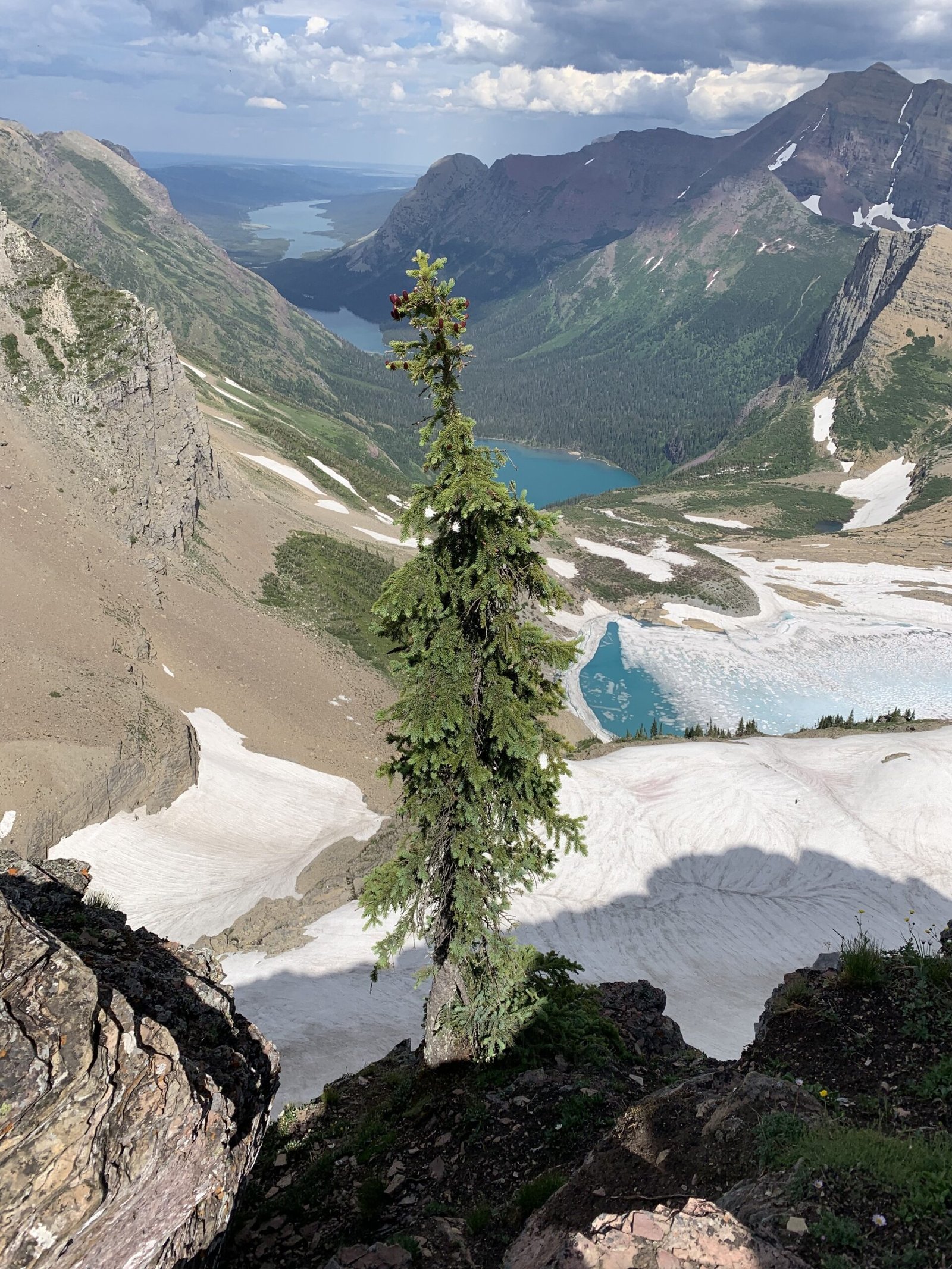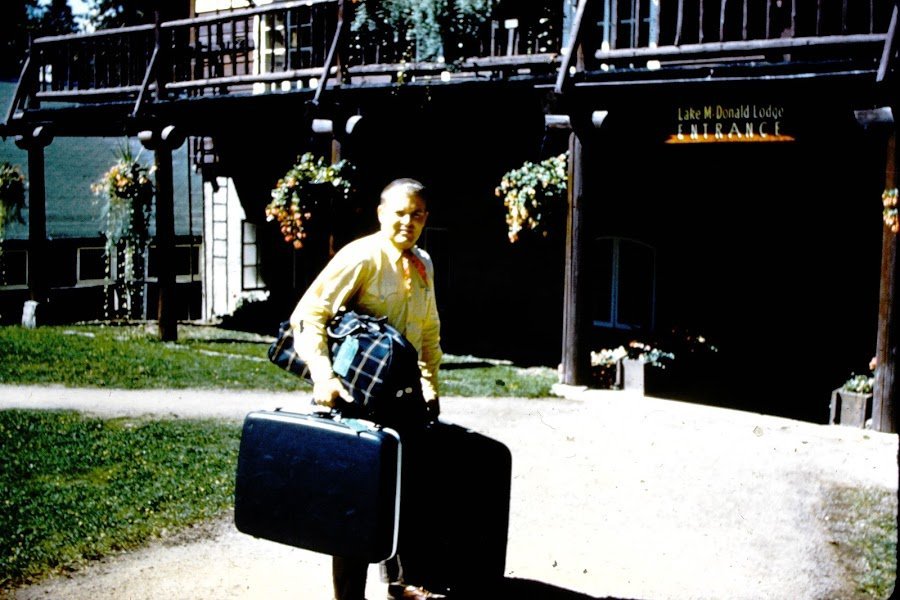Glacier National Park, often referred to as the ‘Crown of the Continent’, was officially established on May 11, 1910, when President William Howard Taft signed the legislation into law. This majestic park, located in Montana’s Rocky Mountains, has a rich history dating back millions of years. Its founding marked a significant milestone in American conservation efforts and set the stage for over a century of natural preservation and public enjoyment.
What Led to the Establishment of Glacier National Park?

The journey to establish Glacier National Park began long before its official founding date. Several key factors and individuals played crucial roles in bringing this natural wonder under federal protection:
-
George Bird Grinnell’s Advocacy: In 1885, George Bird Grinnell, a prominent naturalist and conservationist, first visited the region. Captivated by its beauty, he spent the next two decades tirelessly promoting the area for national park status.
-
Great Northern Railway’s Influence: The Great Northern Railway, under the leadership of Louis W. Hill, played a pivotal role in promoting the region as a tourist destination and lobbying for its national park status.
-
Native American Land Cession: In 1895, the Blackfeet tribe ceded the mountainous parts of their treaty lands to the federal government, which later became part of the park.
-
Forest Preserve Designation: In 1897, the region was designated as a forest preserve, although mining was still allowed but not commercially successful.
Who Were the Key Figures in Founding Glacier National Park?

The establishment of Glacier National Park was the result of collaborative efforts from various individuals and organizations:
-
George Bird Grinnell: Often credited with coining the term “Crown of the Continent” to describe the park, Grinnell was instrumental in lobbying Congress for its establishment.
-
Louis W. Hill: As president of the Great Northern Railway, Hill played a crucial role in promoting the region and advocating for its national park status.
-
The Great Northern Railway: The railway company was pivotal in the park’s creation by bringing tourists to the area and lobbying Congress.
-
President William Howard Taft: Signed the legislation that officially established Glacier National Park on May 11, 1910.
What Significant Events Followed the Park’s Founding?
After its establishment in 1910, Glacier National Park underwent several significant developments:
-
1915: The Great Northern Railway built several hotels and chalets throughout the park, modeled on Swiss architecture, to attract tourists.
-
1932: The completion of the Going-to-the-Sun Road, providing easier access to the heart of the park.
-
1933-1942: The Civilian Conservation Corps (CCC) undertook significant projects in the park during the Great Depression.
-
1985: Going-to-the-Sun Road was designated a National Historic Civil Engineering Landmark.
-
2010: The park celebrated its centennial, marking 100 years since its establishment.
-
2023: The park saw 2.93 million visitors, marking one of its busiest years.
How Did the Founding of Glacier National Park Impact Conservation Efforts?
The establishment of Glacier National Park in 1910 had far-reaching impacts on conservation efforts in the United States:
-
Preservation of Unique Ecosystems: The park’s founding ensured the protection of diverse ecosystems, including alpine tundra, forests, and glacial lakes.
-
Wildlife Conservation: It provided a sanctuary for numerous species, including grizzly bears, mountain goats, and bighorn sheep.
-
Scientific Research: The park became a living laboratory for scientists studying glaciology, ecology, and climate change.
-
Public Awareness: Its establishment helped raise public awareness about the importance of preserving natural landscapes.
-
Tourism and Education: The park’s founding paved the way for sustainable tourism and environmental education programs.
What Challenges Has Glacier National Park Faced Since Its Founding?
Despite its protected status, Glacier National Park has faced several challenges since its establishment:
-
Climate Change: Rising temperatures have led to significant glacier retreat, with many of the park’s namesake glaciers at risk of disappearing.
-
Increased Visitation: Growing popularity has led to concerns about overcrowding and its impact on the park’s ecosystems.
-
Wildfire Management: Changing climate patterns have increased the frequency and intensity of wildfires in the region.
-
Invasive Species: The introduction of non-native plants and animals has posed threats to the park’s native species.
-
Infrastructure Maintenance: Aging infrastructure, including the iconic Going-to-the-Sun Road, requires ongoing maintenance and upgrades.
How Has Glacier National Park Evolved Since Its Founding?
Since its establishment in 1910, Glacier National Park has undergone significant changes:
-
Infrastructure Development: From the construction of lodges and chalets to the completion of the Going-to-the-Sun Road, the park’s infrastructure has expanded to accommodate visitors.
-
Conservation Practices: Management practices have evolved to better protect the park’s ecosystems and wildlife.
-
Scientific Understanding: Ongoing research has deepened our understanding of the park’s geology, ecology, and the impacts of climate change.
-
Visitor Experience: The park has adapted to changing visitor needs, offering a range of recreational and educational opportunities.
-
Partnerships: Collaborations with Native American tribes, local communities, and conservation organizations have strengthened the park’s management and cultural significance.
What Lessons Can We Learn from Glacier National Park’s Founding?
The establishment of Glacier National Park offers several valuable lessons:
-
Power of Advocacy: The tireless efforts of individuals like George Bird Grinnell demonstrate the impact of persistent advocacy for conservation.
-
Importance of Collaboration: The park’s founding was a result of cooperation between conservationists, businesses, and government entities.
-
Foresight in Conservation: The decision to protect this area over a century ago has preserved a unique natural heritage for future generations.
-
Balancing Preservation and Access: The park’s history shows the ongoing challenge of balancing conservation with public access and enjoyment.
-
Adaptability: The park’s evolution since its founding highlights the importance of adapting management strategies to changing environmental and social conditions.
In conclusion, the founding of Glacier National Park on May 11, 1910, marked a significant milestone in American conservation history. From its early days as a remote wilderness to its current status as a beloved national treasure, the park’s journey offers valuable insights into the challenges and triumphs of preserving our natural heritage. As we look to the future, the lessons learned from Glacier National Park’s founding and subsequent development continue to inform and inspire conservation efforts across the globe.
References:
1. A Brief (1.6 Billion Year) History of Glacier National Park
2. 17 Interesting Facts About Glacier National Park
3. Park History: Glacier National Park